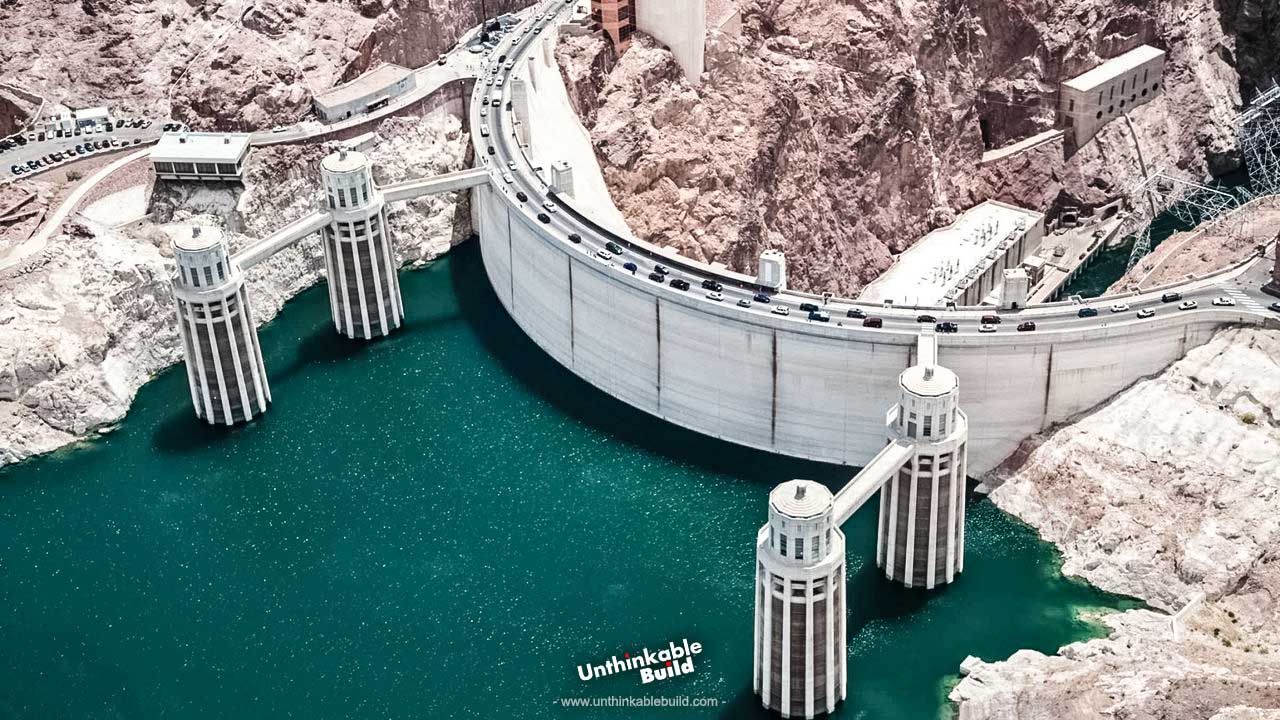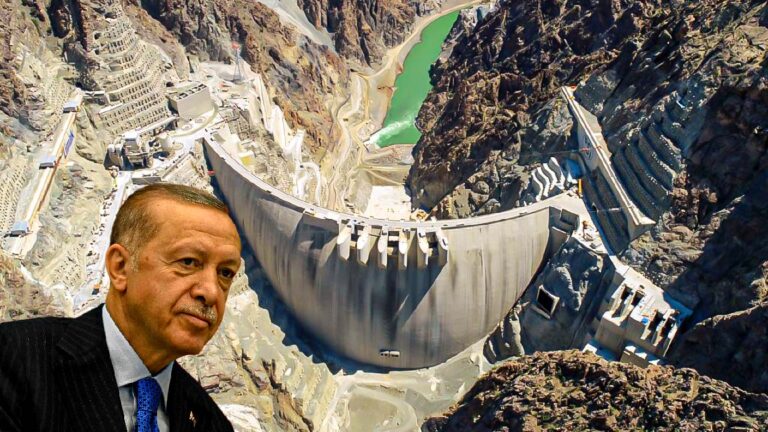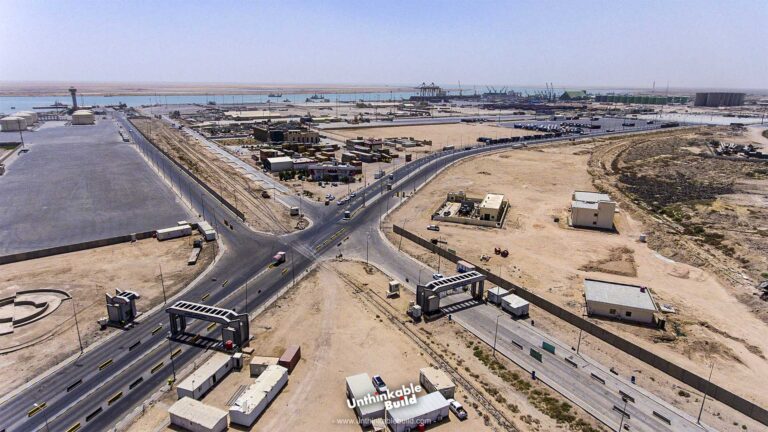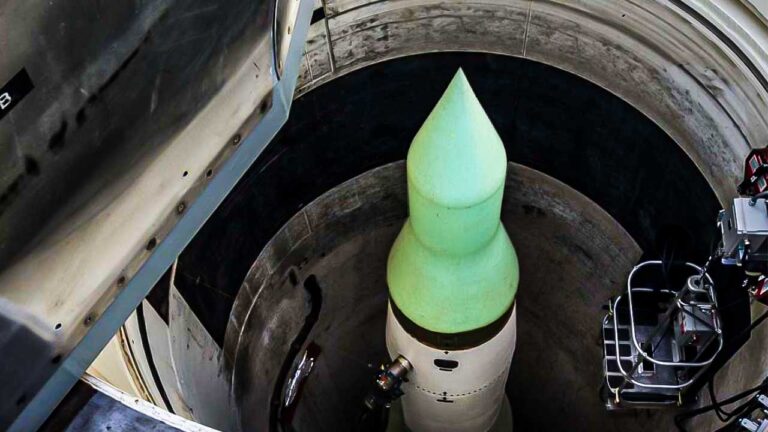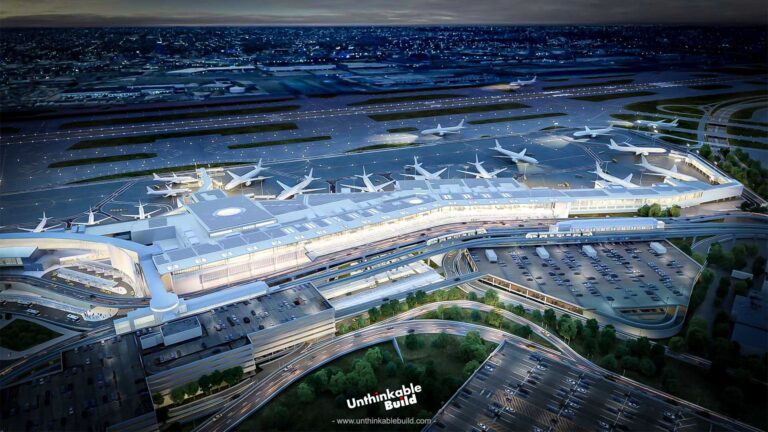$4.5 Billion Gamble: Will Mphanda Nkuwa Mega-Dam Power Africa’s Future?
Observe. A landscape sculpted by time, a river of immense, untapped potential. For generations, the promise of this land has remained dormant, a potential unfulfilled. But today, we embark on a journey of monumental scale—a project that will redefine the very fabric of this nation.
This is the story of the Mphanda Nkuwa Hydropower Project, a feat of engineering and ambition, poised to transform not just Mozambique, but an entire region. But what does this mean for the people, the environment, and the future? Let’s dive in.
Also Read: China’s Thorium Reactor: A Nuclear Game-Changer?
Consider the challenge: a nation yearning for progress, its growth impeded by the absence of a fundamental necessity—power. Not the fleeting spark of a battery, but the enduring, transformative force of electricity. Enter the Mphanda Nkuwa Hydropower Project, a $4.5 billion endeavor designed to harness the raw power of the Zambezi River. This is not merely a dam; it is an infrastructure of aspiration. A testament to human ingenuity, built to illuminate not just homes, but entire futures.
At its core, the project is a 1,500 MW hydropower plant, rising from the banks of the mighty Zambezi. To put that into perspective, it’s enough to power millions of homes and businesses, and even export energy to neighboring countries like South Africa. But this is more than just a structure of concrete and steel. It’s a strategic asset, positioned to join the ranks of Cahora Bassa and Kariba, reshaping the energy landscape of southern Africa.
Imagine a world where reliable electricity fuels progress—where schools stay open after dark, hospitals run uninterrupted, and industries thrive. This is the promise of Mphanda Nkuwa. Yet, the impact goes beyond megawatts. This project is a catalyst for economic empowerment. Thousands of jobs, both direct and indirect, are being created, offering opportunities for Mozambicans to build better lives. And beyond national borders, the economic ripple effect is profound. Energy exports will stimulate regional growth, forging stronger ties and fostering collaboration across southern Africa. But with great ambition comes great responsibility. The Zambezi River is not just a source of power—it’s a lifeline for countless ecosystems and communities.
Environmental concerns are at the forefront of this project. How do you balance progress with preservation? Modern engineering offers solutions: fish passages to protect aquatic life, environmental flow releases to maintain the river’s natural rhythm, and sustainable materials to minimize ecological disruption. Yet, challenges remain. The river’s biodiversity is delicate, and the project’s impact on local ecosystems must be carefully managed. For the communities living near the project, the stakes are deeply personal. Relocation, displacement, and the severance of community ties are realities that cannot be ignored. Resettlement and compensation plans are in place, but the emotional and social toll is undeniable. Downstream, fishing and farming communities depend on the river’s natural flow. How will their livelihoods be affected?
These are not just questions—they are imperatives. The voices of local communities must be heard, and their concerns addressed with empathy and transparency. The realization of this mega project is a symphony of collaboration. The Mozambican government leads the charge, supported by the African Development Bank, the World Bank, and a consortium of international partners. Public-private partnerships bring together expertise and resources, ensuring the project’s success. Funding, the lifeblood of any mega project, comes from a mosaic of global contributions—loans, grants, and equity investments meticulously assembled to bring Mphanda Nkuwa to life.
Beyond the structure, beyond the megawatts, lies the transformative potential. For local communities, access to reliable, affordable electricity is a long-awaited necessity. Mozambique is poised to become a regional energy leader, exporting power and forging stronger ties with its neighbors. Clean, affordable electricity will fuel local industries—from manufacturing to processing—creating a ripple effect of economic growth and opportunity.
This is not just about energy; it’s about empowerment. It’s about building a future where progress and sustainability coexist. Yet, we must acknowledge the risks. Climate change, altered rainfall patterns, and the long-term sustainability of large dams are subjects of ongoing debate.
Also Read: The Ambitious Projects That Never Took Off
Controversies and legal challenges remind us of the delicate balance between ambition and consequence. How do we ensure that no voice is left unheard? How do we navigate the path to progress without compromising our natural world?
These are questions that demand not just contemplation, but action. As we stand at the precipice of what’s to come, one thing is clear: the Mphanda Nkuwa Hydropower Project is more than a dam. It’s a symbol of hope, ambition, and the relentless pursuit of a brighter future. But the journey is far from over. The challenges are real, and the stakes are high. Can we achieve the delicate balance between progress and preservation? Can mega projects like this truly redefine the future of energy in Africa?
We leave you with these questions. Share your thoughts in the comments below. If this story of ambition and transformation resonates with you, give this video a like, subscribe to our channel, and join us as we explore the mega projects shaping our world.
Together, let’s ensure that the legacy of Mphanda Nkuwa is one of thoughtful, responsible progress—leaving no voice unheard, and no future unlit.

